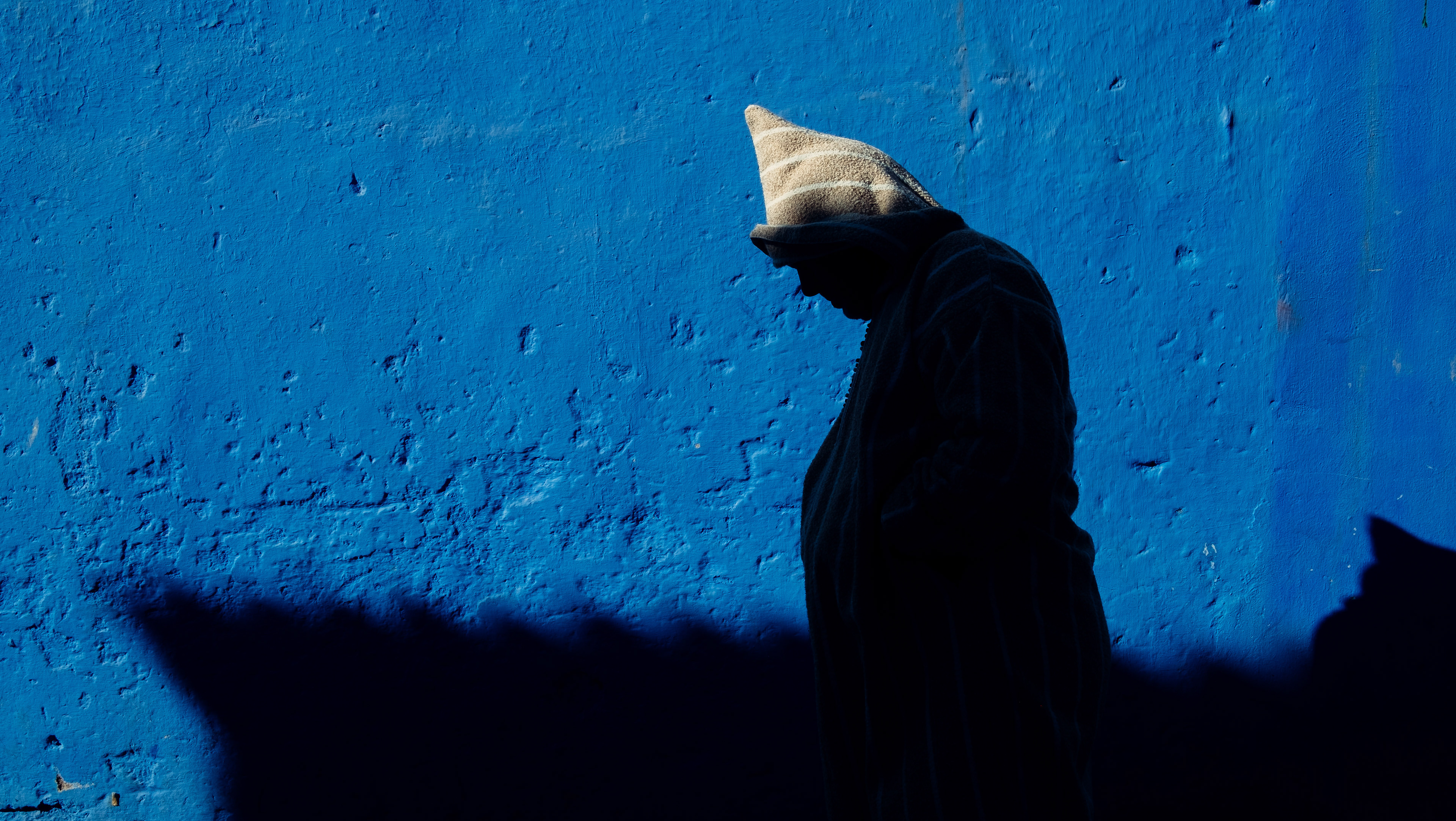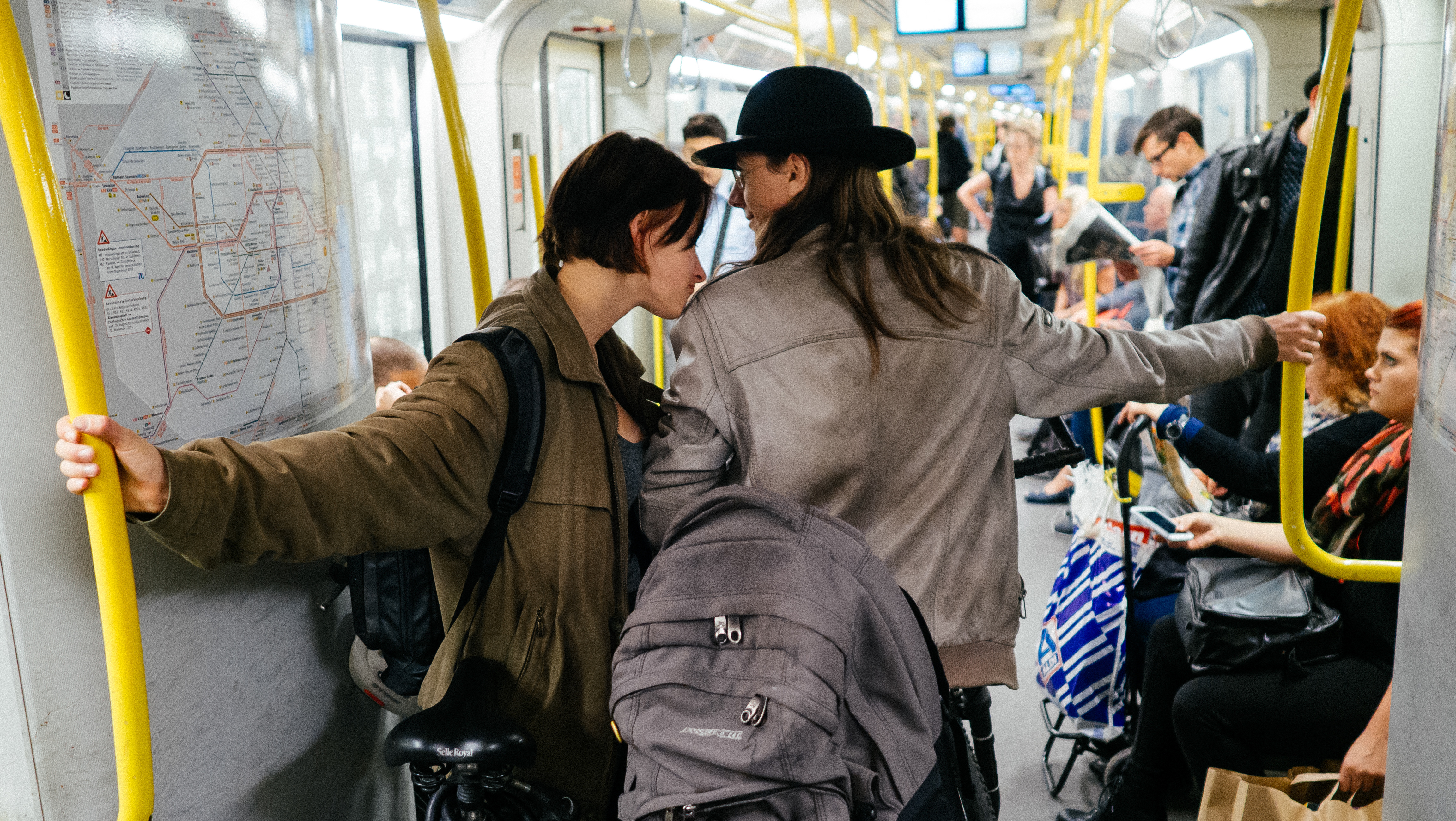The journey of street photography from Henri Cartier-Bresson's "decisive moment" to today's Instagram hashtags is a tale of technological advancement, shifting aesthetics, and evolving societal norms. This evolution reflects not just changes in photography, but in how we view and interact with our urban environments.
The Foundations: Cartier-Bresson and the Decisive Moment
Henri Cartier-Bresson, often considered the father of street photography, coined the term "the decisive moment." This concept emphasized capturing a split second when all elements in a scene came together perfectly. His work was characterized by:
1) Geometric Precision: Carefully composed frames that balance people and architecture.
2) Black and White Aesthetics: Emphasizing form and content over color.
3) Candid Captures: Unposed, authentic moments of daily life.
4) Leica Cameras: Small, quiet cameras that allow for discreet shooting.
2) Black and White Aesthetics: Emphasizing form and content over color.
3) Candid Captures: Unposed, authentic moments of daily life.
4) Leica Cameras: Small, quiet cameras that allow for discreet shooting.
Cartier-Bresson's approach laid the groundwork for street photography as a serious art form, influencing generations of photographers.
The New York School: Expanding the Vision
In the 1950s and 60s, photographers like Garry Winogrand, Joel Meyerowitz, and Diane Arbus pushed the boundaries of street photography:
1) Embracing Chaos: Moving away from perfect composition to capture the energy of street life.
2) Color Revolution: Meyerowitz pioneered the use of color in street photography, adding a new dimension to the genre.
3) Confrontational Approach: Closer, more direct engagement with subjects.
4) Exploring Subcultures: Arbus's work delved into marginalized communities, broadening the scope of street photography.
2) Color Revolution: Meyerowitz pioneered the use of color in street photography, adding a new dimension to the genre.
3) Confrontational Approach: Closer, more direct engagement with subjects.
4) Exploring Subcultures: Arbus's work delved into marginalized communities, broadening the scope of street photography.
This era saw street photography become more raw, immediate, and diverse in its subjects and styles.
The British Perspective: Humor and Social Commentary
In the 1970s and 80s, British photographers like Martin Parr brought a new sensibility to street photography:
1) Satirical Eye: Using humor to comment on social classes and consumer culture.
2) Vivid Color: Embracing oversaturated colors to emphasize the garishness of modern life.
3) Ordinary Subjects: Finding beauty and interest in mundane, everyday scenes.
4) Flash Photography: Using flash even in daylight to create a distinct, snapshot-like aesthetic.
2) Vivid Color: Embracing oversaturated colors to emphasize the garishness of modern life.
3) Ordinary Subjects: Finding beauty and interest in mundane, everyday scenes.
4) Flash Photography: Using flash even in daylight to create a distinct, snapshot-like aesthetic.
This approach added layers of irony and social critique to street photography, encouraging viewers to look at familiar scenes with fresh eyes.
The Global-View: Cultural Intersections
As travel became more accessible, photographers like Alex Webb expanded the geographical and cultural scope of street photography:
1) Complex Compositions: Layered images that reflect the complexity of global cultures.
2) Vibrant Color Palettes: Using color as an integral part of the story, not just decoration.
3) Cultural Juxtapositions: Capturing moments where different worlds collide within a single frame.
4) Exploration of Light: Utilizing dramatic lighting conditions to add depth and mystery.
2) Vibrant Color Palettes: Using color as an integral part of the story, not just decoration.
3) Cultural Juxtapositions: Capturing moments where different worlds collide within a single frame.
4) Exploration of Light: Utilizing dramatic lighting conditions to add depth and mystery.
This global approach highlighted the interconnectedness of our world while celebrating cultural diversity.
The Digital Revolution: Democratization of the Genre
The advent of digital cameras in the late 1990s and early 2000s dramatically changed street photography:
1) Instant Feedback: LCD screens allowed photographers to review and adjust in real time.
2) Higher ISO Capabilities: Enabling quality low-light photography without flash.
3) Increased Shooting Capacity: No limit to the number of photos one can take.
4) Post-Processing Power: Digital editing opened new creative possibilities.
2) Higher ISO Capabilities: Enabling quality low-light photography without flash.
3) Increased Shooting Capacity: No limit to the number of photos one can take.
4) Post-Processing Power: Digital editing opened new creative possibilities.
These technological advances made street photography more accessible to amateurs and enthusiasts, leading to a boom in the genre.
The Smartphone Era: Everyone's a Street Photographer
The introduction of smartphones with high-quality cameras marked another seismic shift:
1) Always Available: The best camera is the one you have with you - now, that's everyone's phone.
2) Connectivity: Instant sharing capabilities changed how and why we take photos.
3) Apps and Filters: Easy-to-use editing tools allowed for quick stylization of images.
4) Geotagging: Adding location data created new ways to categorize and discover street photos.
2) Connectivity: Instant sharing capabilities changed how and why we take photos.
3) Apps and Filters: Easy-to-use editing tools allowed for quick stylization of images.
4) Geotagging: Adding location data created new ways to categorize and discover street photos.
This democratization of photography tools led to an explosion of street photography, with millions of images shared daily on social media platforms.
Instagram and Beyond: The Social Media Impact
The rise of Instagram and other photo-sharing platforms has reshaped street photography once again:
1) Hashtag Communities: #streetphotography connects millions of images and photographers globally.
2) Influencer Culture: Popular street photographers can now build large followings and even monetize their work through social media.
3) Trend-Driven Aesthetics: Certain styles and subjects become popular, sometimes leading to homogenization.
4) Ethical Debates: Easier sharing has intensified discussions about privacy and consent in street photography.
5) Ephemeral Content: Stories and reels add a new, temporary dimension to sharing street moments.
2) Influencer Culture: Popular street photographers can now build large followings and even monetize their work through social media.
3) Trend-Driven Aesthetics: Certain styles and subjects become popular, sometimes leading to homogenization.
4) Ethical Debates: Easier sharing has intensified discussions about privacy and consent in street photography.
5) Ephemeral Content: Stories and reels add a new, temporary dimension to sharing street moments.
The Ongoing Evolution: New Challenges and Opportunities
Today's street photography landscape is more diverse and complex than ever:
1) AI and Computational Photography: Smartphone AI can enhance images, but raises questions about authenticity.
2) Virtual and Augmented Reality: New technologies are creating fresh avenues for capturing and experiencing street scenes.
3) Drone Photography: Offering new perspectives on urban environments.
4) Privacy Laws: Increasing regulations in some countries are changing how and where street photographers can work.
5) NFTs: Blockchain technology is opening new markets for street photographers to sell their work.
2) Virtual and Augmented Reality: New technologies are creating fresh avenues for capturing and experiencing street scenes.
3) Drone Photography: Offering new perspectives on urban environments.
4) Privacy Laws: Increasing regulations in some countries are changing how and where street photographers can work.
5) NFTs: Blockchain technology is opening new markets for street photographers to sell their work.
Conclusion: The Constant Amid Change
From Cartier-Bresson's Leica to today's iPhone, the tools and contexts of street photography have undergone radical transformation. Yet, the essence of the genre remains constant: the desire to capture authentic moments of human life in public spaces.
Today's street photographer might use a mirrorless camera to capture a decisive moment à la Cartier-Bresson, apply a filter reminiscent of Parr's saturated colors, and share it instantly with a global audience. They might find inspiration in Webb's complex compositions, and then use AI to enhance the image's impact.
What hasn't changed is the street photographer's role as a keen observer of society, a chronicler of urban life, and an artist finding beauty and meaning in the everyday. As the genre continues to evolve, it remains a vital mirror to our changing world, reflecting who we are and how we live in our shared public spaces.
Whether through a viewfinder or a touchscreen, street photography continues to invite us to pause, observe, and connect with the world around us, one frame at a time.
Today's street photographer might use a mirrorless camera to capture a decisive moment à la Cartier-Bresson, apply a filter reminiscent of Parr's saturated colors, and share it instantly with a global audience. They might find inspiration in Webb's complex compositions, and then use AI to enhance the image's impact.
What hasn't changed is the street photographer's role as a keen observer of society, a chronicler of urban life, and an artist finding beauty and meaning in the everyday. As the genre continues to evolve, it remains a vital mirror to our changing world, reflecting who we are and how we live in our shared public spaces.
Whether through a viewfinder or a touchscreen, street photography continues to invite us to pause, observe, and connect with the world around us, one frame at a time.





